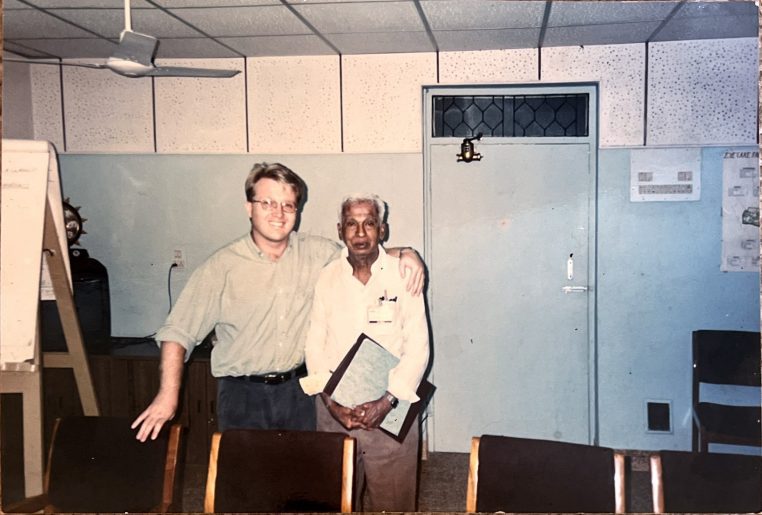Sooner or later many of us will develop a cataract. According to one study, by age 80, more than half of all Americans either have a cataract or have had cataract surgery.
How Cataracts Affect Vision
Although the eyes are extremely complex organs, the principles of vision are quite simple: By adjusting, focusing and processing the light that reflects off objects, your eyes work in conjunction with your brain to allow you to see the world around you.
Cross section of an eye
As light rays enter the eye, they first pass through the clear, protective cornea. Muscles in the iris (the colored part of the eye) contract or expand the pupil to adjust the amount of light entering the eye. The lens (a transparent, elastic structure) focuses the light to produce a sharp image on the retina (the layer of nerves lining the back of the eye). When light hits the retina, it is transformed into electrical signals that travel through the optic nerve to the brain, which interprets these signals as a visual image. A cataract clouds the lens of the eye, interfering with clear vision. A healthy lens, which consists primarily of water and protein, is transparent. With age, however, changes occur in the lens — including the clumping together of proteins and other chemical transformations — that can lead to the development of a cataract.
The resulting opacity scatters the light entering the eye, so that the light reaching the retina is diffuse rather than focused and precise. A cataract can occur in either or both eyes. It cannot spread from one eye to the other. The extent of a cataract’s effect on vision depends largely on its location. Cataracts covering the entire lens or those in the center of the lens (nuclear or posterior subcapsular cataracts, respectively) result in symptoms such as blurred vision, double vision and sensitivity to light and glare.
Cataracts located on the outer edge of the lens may cause only slight visual disturbances that might not be noticed.
This Malagasy woman has a visible cataract in her right eye ©Ellen Crystal Photography
Cataract surgery is one of the miracles of modern medicine. It takes as little as 2 minutes and costs $50 or less, depending on the location.
Dhana Kadhka has his eye patch removed after cataract surgery in Bajura, Nepal.
Help restore a person’s sight by donating $50 today. Give now.



